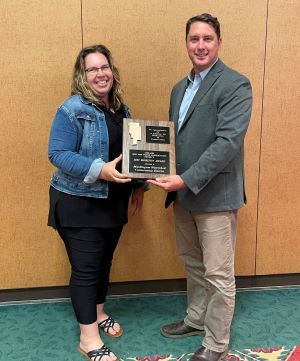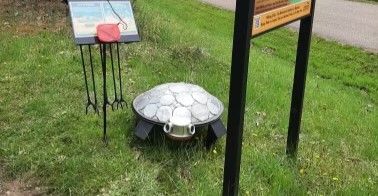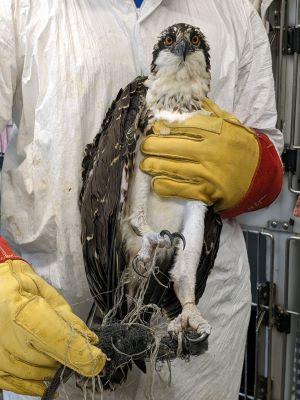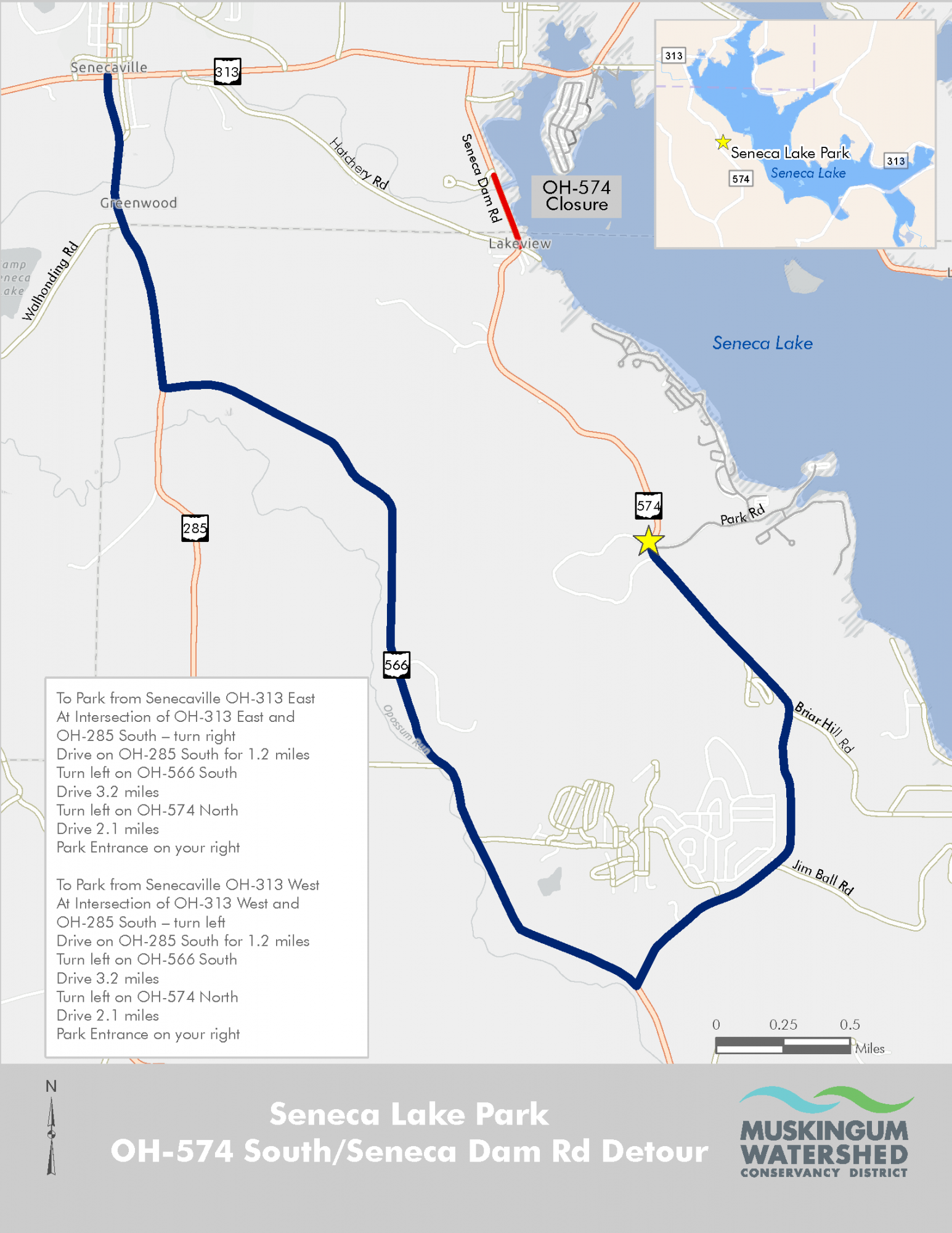MWCD Receives Statewide Marketing Awards for Excellence
The Muskingum Watershed Conservancy District (MWCD) recently received recognition for achievement in marketing and advertising at the Ohio Travel Association’s RUBY Awards presentation, held Oct. 5 at Shisler Conference Center in Wooster, Ohio. MWCD received RUBY awards for Targeted Marketing Campaign, Radio Advertisement, and Print Advertisement. A Citation of Excellence was received for the Annual Report. Accepting the awards were Adria Bergeron, Director of Marketing and Communications, and Logan Phillips, Digital Media Coordinator.
The Ohio Travel Association’s RUBY Awards recognize excellence in Ohio’s hospitality and tourism industry for efforts in advertising, marketing, and public relations. In this year’s competition, the Recognizing Uncommon Brilliance Yearly (RUBY) Awards had 236 entries in 17 categories. The awards, sponsored by Ohio Magazine, were presented during the Ohio Conference on Travel, the state’s tourism conference for all sectors of the tourism industry.
Nine marketing professionals representing academia, consulting firms and ad agencies judged each entry on the basis of concept, results and creativity.
“Competition for these awards seems to grow every year, and this year was no exception. We had a record number of entries,” said Melinda Huntley, Ohio Travel Association executive director. “Winners truly represent the best of the best in marketing strategy and design. It’s inspiring.”
“We are thrilled to receive these awards which reflect our team’s dedication to creativity, innovation, and excellence in marketing campaigns,” said Bergeron. “I was honored to represent the MWCD at the Ohio Conference on Tourism, and proud to have the opportunity to serve as this year’s conference chair. The organizations that are represented at the Ohio Conference on Tourism are some of the best in the state. To be recognized amongst your peers, who present tough competition, is exciting.”
The Ohio Travel Association is a nonprofit trade association representing travel and tourism-related businesses throughout the state. For more information on OTA, visit www.ohiotravel.org
















